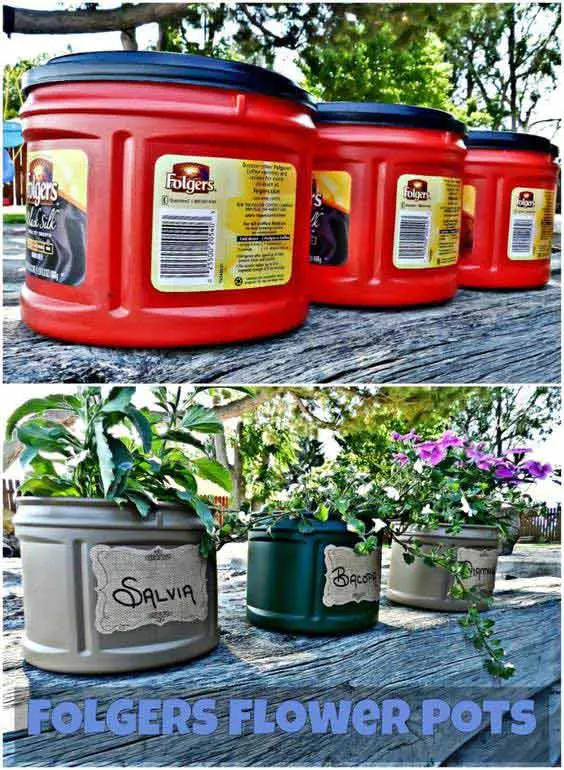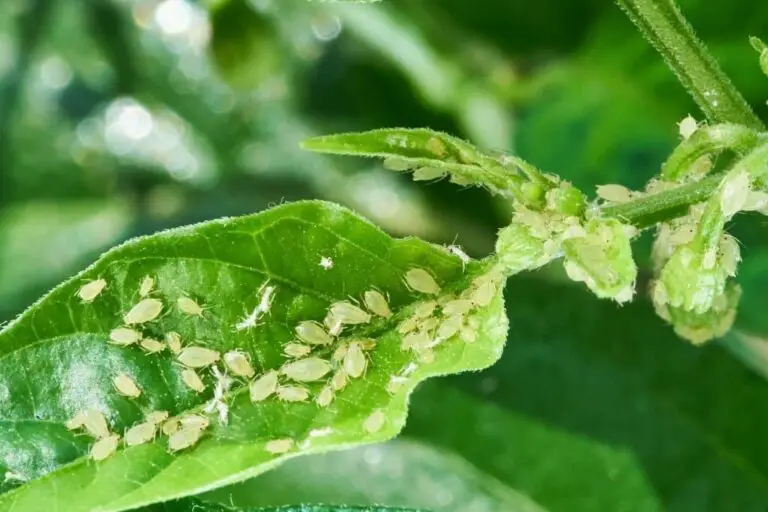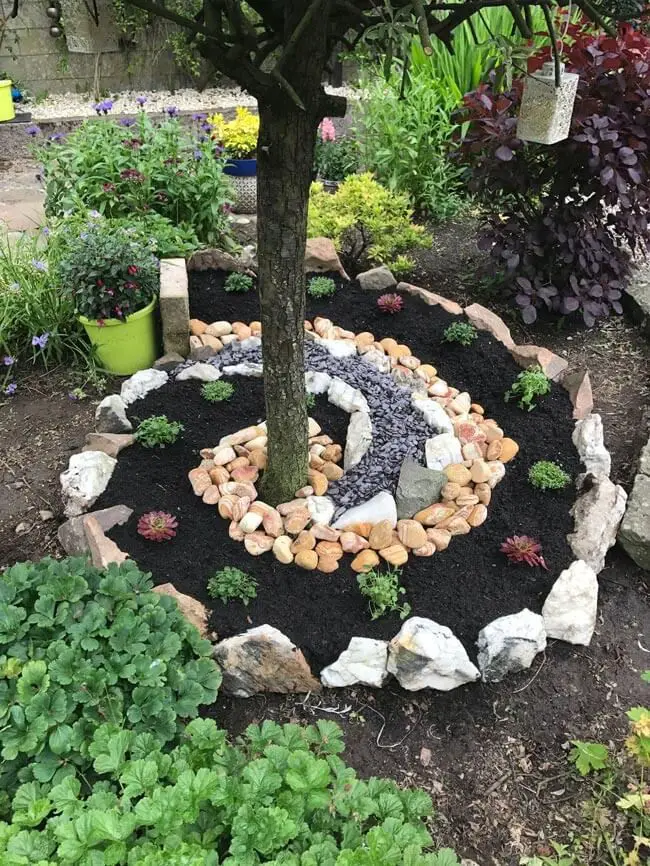10 Houseplants Without Soil Thrive On Water That You Can Grow At Home
Imagine a world where plants can flourish without the need for soil, where the process is more akin to nurturing than rocket science. For many, the concept of growing houseplants on water may seem unconventional, yet it’s a method that has been around for quite some time. With the rise of women embracing this technique, it’s no surprise that the question on everyone’s mind is: which houseplants thrive in water?
Before we dive into the answer, let’s take a step back and explore the world of hydroponic gardening. Once you have a solid understanding of the top ten houseplants that excel in water, you’ll be well on your way to creating your own unique hydroponic haven.
Can plants grow without soil?
While it’s now evident that certain houseplants can flourish in water, this feat is only achievable through cuttings taken from plants grown in soil. To achieve this, fill glass bottles with half-full water, which should be replaced every two to three days for optimal results. One of the primary advantages of cultivating plants in glass containers is the ease with which it’s possible to detect when they require additional hydration or nutrient supplements.
On the other hand, it’s essential to recognize that not all houseplants can thrive in water-based environments, and some species are more suited to this method than others.
10 top houseplants that thrive in water
While many people assume that houseplants require a bed of soil to thrive, there are several species that can actually survive and flourish in soil-free conditions. Not only do these plants boast impressive resilience, but they also possess the remarkable ability to purify the air naturally. This unique quality makes them an attractive option for those looking to bring some greenery into their space without the hassle of frequent watering or repotting.
Spider plant
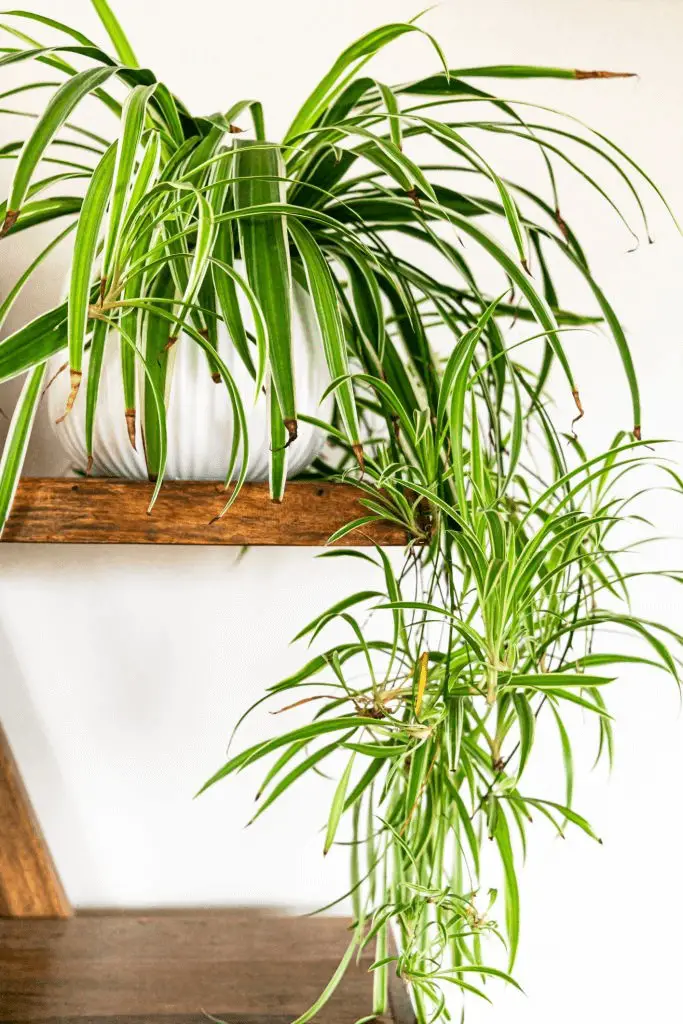
According to a landmark study conducted by NASA in the late 1980s, this particular indoor plant is renowned for its extraordinary air-purifying capabilities. Its stunning foliage has the power to not only purify the air but also transform drab workspaces and living areas into vibrant spaces that radiate energy and warmth.
Jade plant
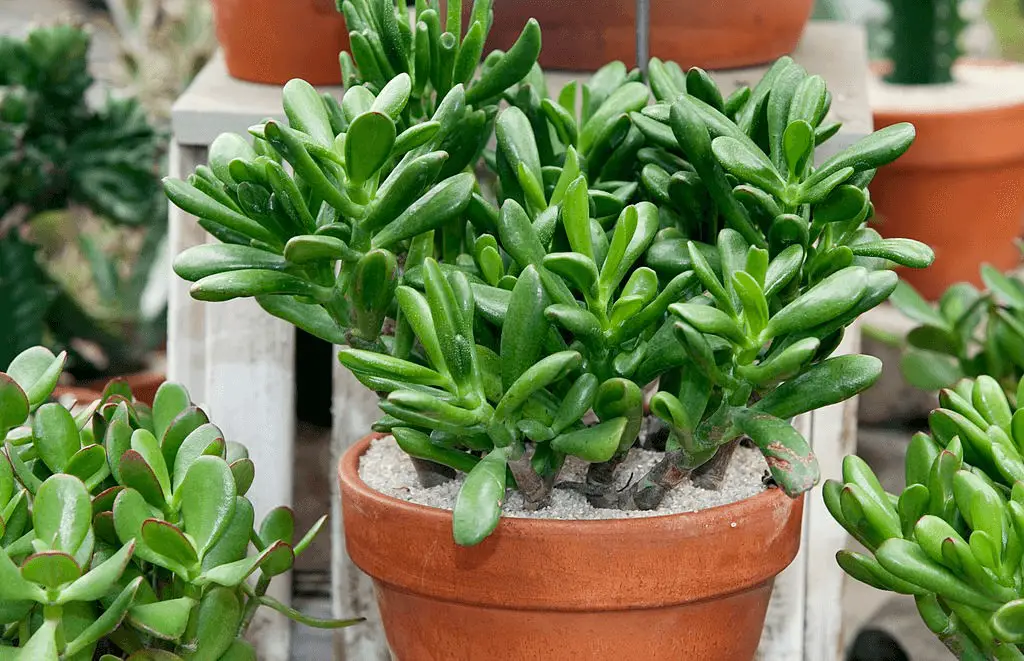
Witnessing this unique indoor plant is a treat for the eyes, particularly when its long, trailing leaves are on display. With low light requirements, it’s no issue to cultivate them in pure water. In fact, its aerial roots make it an ideal candidate for propagation via water-based leaf cuttings. Simply place the cut leaves in a space with access to water and let nature take its course.
Begonia
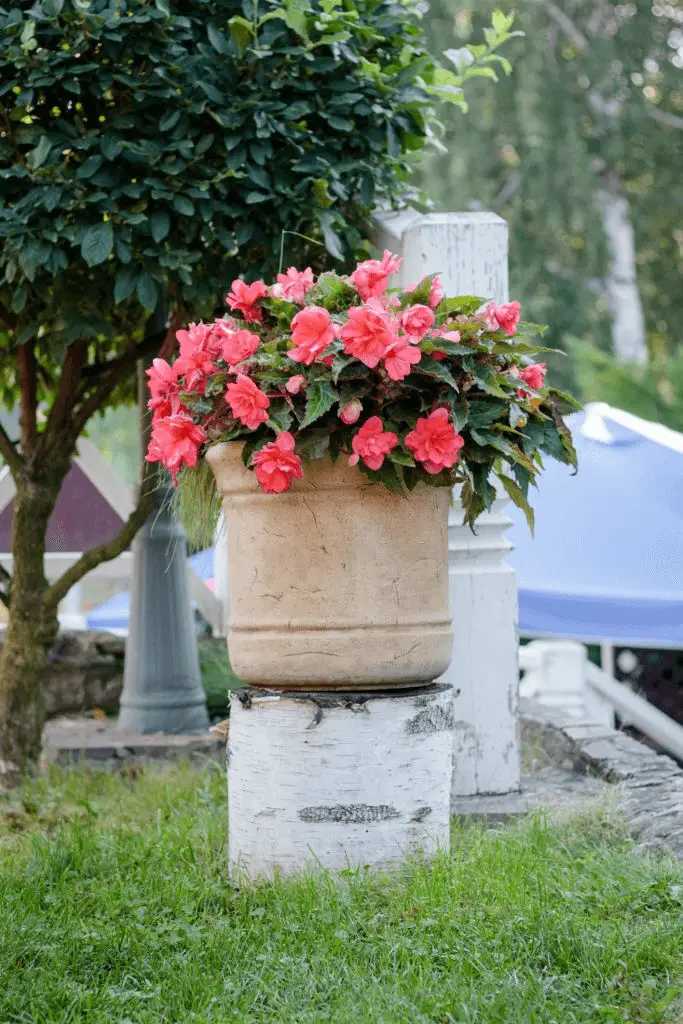
The Prayer Plant is a popular choice for indoor spaces, often seen thriving in glass water bottles. Its impressive flowering habit sets it apart, with blooms occurring continuously for nine months of the year. When placed in a stylish glass jar, this plant makes a stunning centerpiece that can elevate your living room’s ambiance.
Hedera Helix
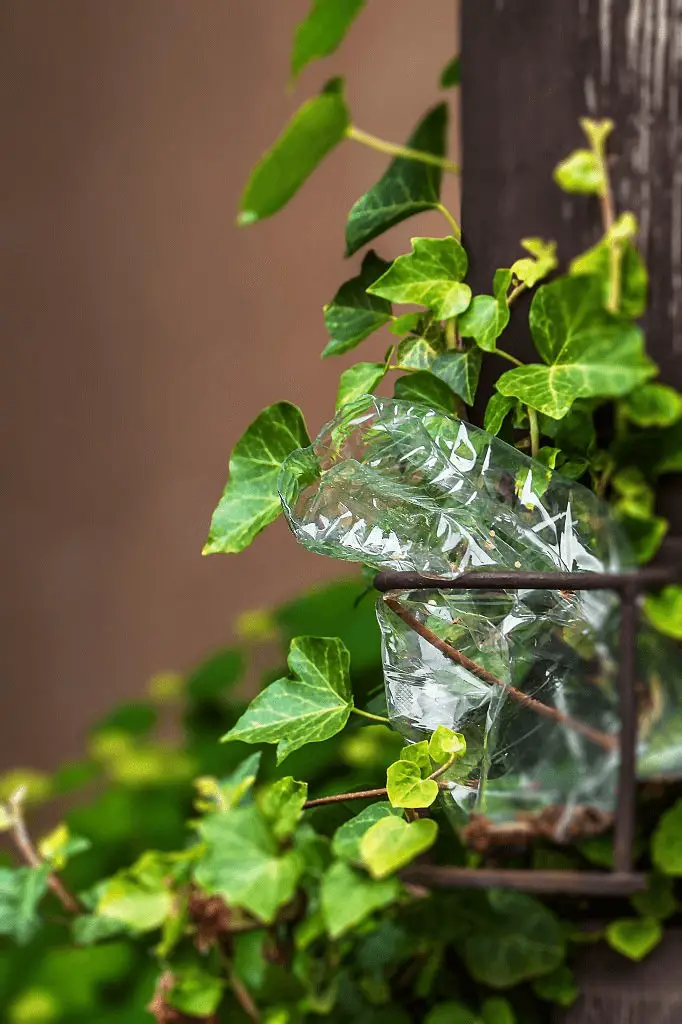
The Common Ivy, also known as Glacier, is a popular choice for event decorations due to its unique appearance. Its trailing white and green leaves create a beautiful display that’s often featured during the holiday season.
Purple heart

The Prayer Plant (Maranta leuconeura) is a striking houseplant that excels in pure water conditions, boasting an extraordinary feature – its leaves transform from a rich purple hue to a deep indigo shade as it receives increased light exposure.
Coleus
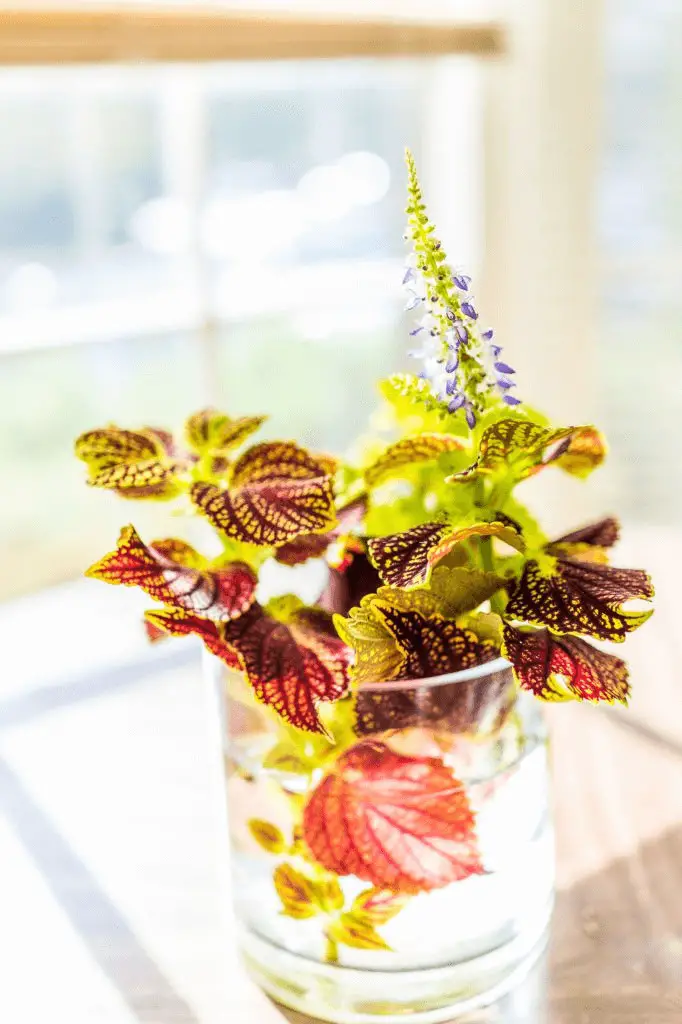
In many Asian households, this adaptable plant is a staple. Its vibrant green leaves with purple undertones can thrive both indoors and outdoors. While the most prominent variant features bright green foliage with streaks of purple, other color combinations include radiant green and fiery crimson red. When brought inside, its ease of root establishment makes it an ideal choice for adding a touch of natural beauty to living rooms.
Fiddle-leaf fig

While the fiddle-leaf fig is capable of spreading quite widely, its cultivation process often begins with a unique approach – growing it in water for a period of three to six months using leaf cuttings. This initial step allows the plant’s roots to develop and establish themselves before being transferred to a larger pot. As the tree matures, you’ll need to accommodate its increasing size by upgrading to a bigger container to showcase its stunning form.
Wandering jew
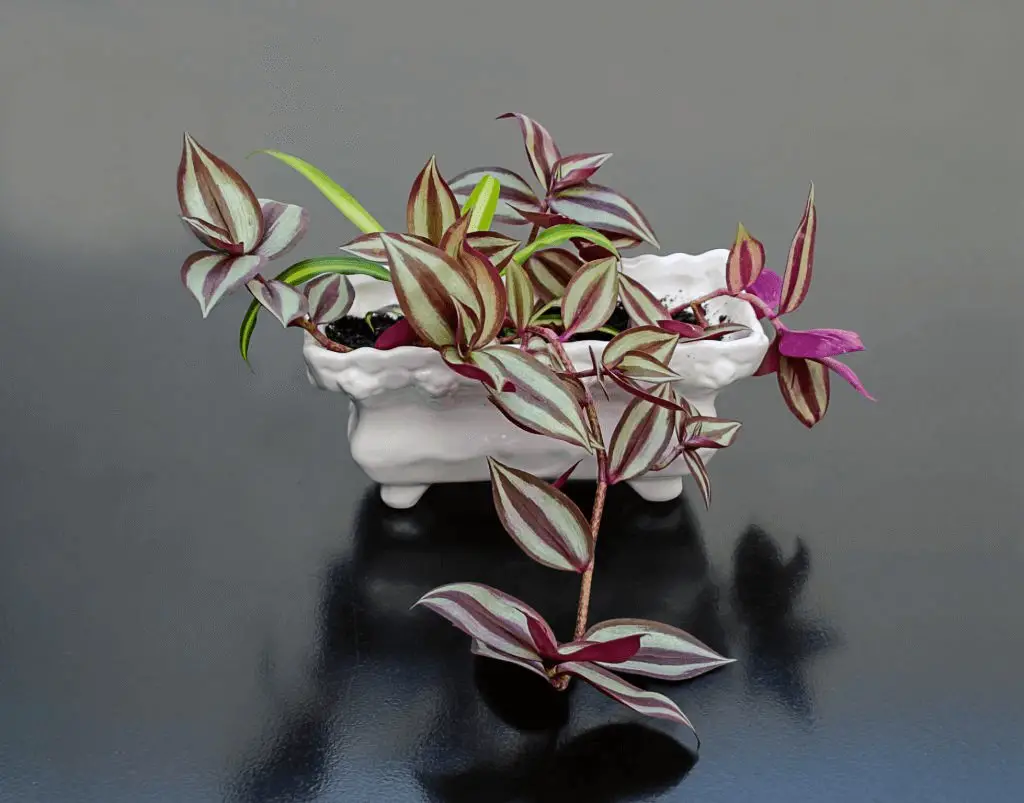
To propagate your houseplant using stem cuttings, simply place the cutting in a container filled with water, making sure it’s fully submerged. Position the container in a spot that receives ample sunlight. This low-maintenance process is known for being one of the fastest and most effective ways to root a new plant, typically taking only one to two weeks.
As you wait patiently, keep an eye out for the cutting to develop its first set of roots, signaling that it’s ready to thrive in its new environment.
Paperwhite
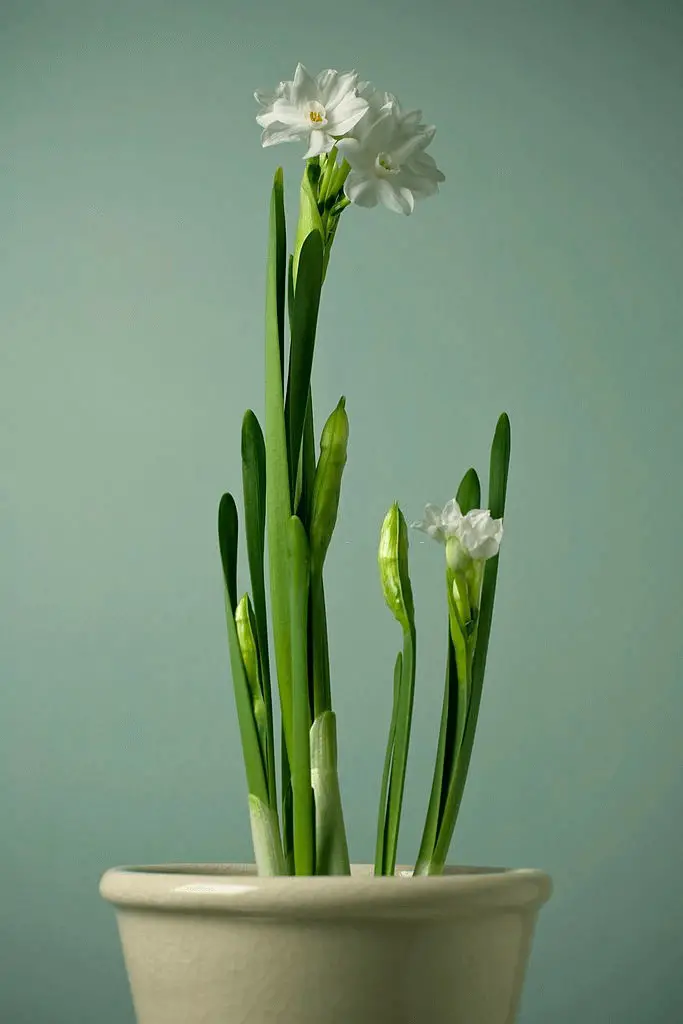
Indulge in this lovely plant’s charm, characterized by its neatly clustered white blooms. What’s more, it has a special affinity for water – just like you! To propagate this beauty, all you need to do is utilize the bulbs. Here’s the process: place the bulbs in a container filled with enough water, ensuring the level reaches only the base of each bulb and doesn’t exceed it, thereby preventing rot.
Sage
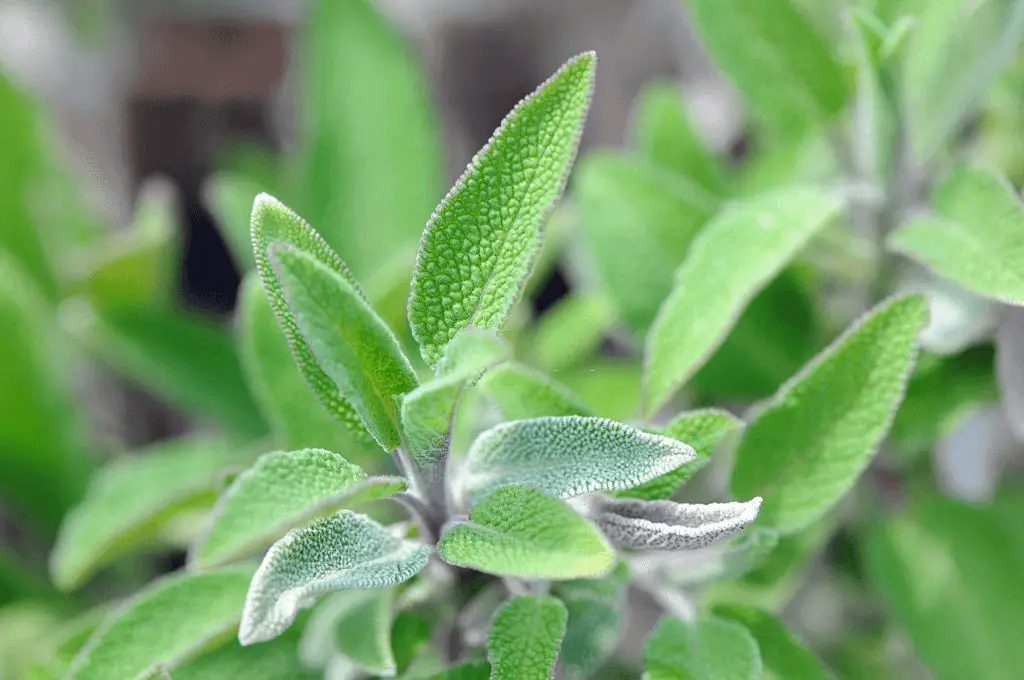
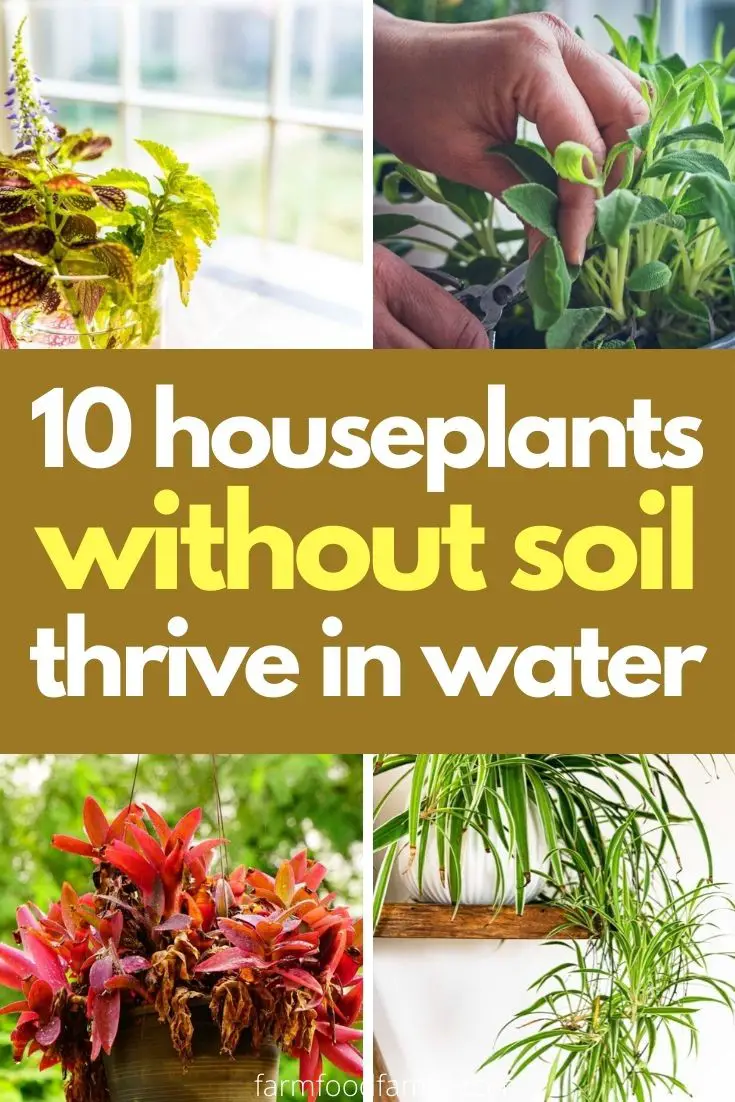
While the aesthetic appeal of sage in glass jars is undeniable, its potential for organic growth is equally impressive. To propagate sage from stem cuttings, start by submerging a fresh cutting into a sufficient amount of water. Within a week, you should begin to notice root development. Crucial factors for optimal growth include sufficient light and an airy environment.
Related Posts
When it comes to indoor gardening, one of the biggest challenges many people face is ensuring their flowering houseplants receive the proper care. To help you achieve success with your indoor plants, we’ve compiled our top 4 care tips for a thriving garden. Whether you’re just starting out or looking to improve your existing setup, these simple yet effective guidelines will have your houseplants flourishing in no time.
For those eager to start an indoor herb garden, be sure to read on as well, where we’ll share the essential knowledge you need to get started – and avoid common pitfalls along the way.


